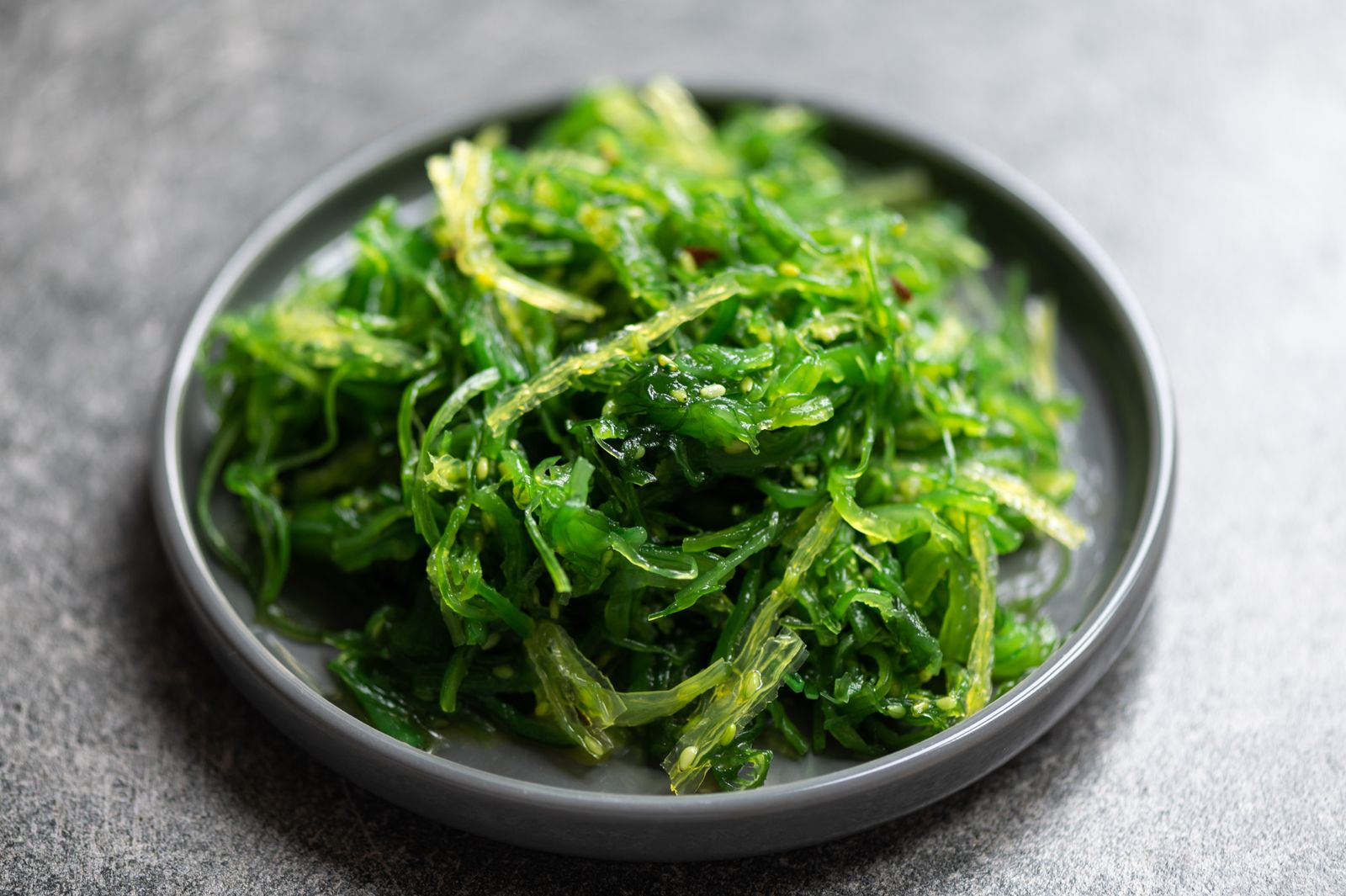- cross-posted to:
- hackernews@lemmy.smeargle.fans
- cross-posted to:
- hackernews@lemmy.smeargle.fans
we forgot like 95% of our native culinary practices with the world wars, globalization, industrial farming and the commodification of food. I’ve been getting into foraging and permaculture, and it’s insane how much amazing food you’re missing out on, if you’re just eating what someone else can profitably sell.
If you watch some videos on coastal foraging in the UK, it’s insane. There’s food everywhere. Even with just my amateur knowledge in foraging, there’s food everywhere.
I need to look into foraging. I am sure there are tons of things even in landlocked Colo. I was surprised to find weeds in my yard that are an ancient grain, for example.
Yeah I’ve had common evening-primrose, prickly lettuce, tall hedge mustard as spicy as wasabi, chicken of the woods killing our plum tree lol, now what looks like artist’s bracket too in our garden this year. But to be fair most of these seem to grow almost everywhere. Once you learn to identify one of these you will really see them everywhere.
Hedge mustard? Sounds cool. I forgot we get prickly lettuce too. Lots of it. The wild bunnies love it. I definitely need to learn more.
hedge mustard is definitely one to know if you like the tast of arugula, wasabi, horseradish or paint thinner
I’ve got 2.5 acres of swamp in NW Florida and I’d LOVE to learn more about growing forage. Help a brother get his feet wet?
Are you an ogre per chance?
I’m just a beginner and I live a totally different biome, not sure I can help you much. I guess learn the basics of foraging and plant&mushroom ID (like never eat something you aren’t certain you’ve identified correctly). See if there’s any local organizations that can help you out. If you’re a social type you could make friends with some local forager and gather seeds and plants to propagate. If not, buy some books about your local area, find a foraging YouTuber in your area. I generally use plant&mushroom ID apps to scan everything I see, look up the plant and what its uses are, what are common poisonous lookalikes. You will get the hang of it pretty quickly and have a few plants that you can confidently identify. I’ve looked it up and perhaps you can find these in your local area: Cattails, Watercress, Water Mint, Water Lily, wapato, Water Hyacinth, Elderberry, Pawpaw, Fiddlehead Ferns and it seems many of the culinary and medicinal mushrooms should grow where you live too.
I guess if you’re planning to grow non-natives too, you could try to plant some perannial/ self-propagating/hardy staple crops. Taro, water spinach, wild rice, lotus, sorghum etc… Perhaps the Chinampa technique works in a swamp? Perhaps you could use the swamp water for self-wicking raised garden beds to grow regular crops that are pretty hands off like sweet potatoes. Might want to do a water test to check for salinity and excess nutrients tho.
I guess you can always have some gator barbecue too, if you are so inclined.
Why not? It’s delicious and plentiful.
Is it healthy or just filling?
It depends on the species, but most edible seaweed is quite healthy for you.
low cal and filling is good for weight loss either way
cutting sucks when u wanna munch fr
I remember my dad harvesting different kinds at the beach and frying them. Healthy, nutritious, tasty, the only reason its not a staple seems to be that it may not be profitable.
I would really like to know of my feeling that these should be even fuller of microplastics than other food os right or wrong …
I’ve heard that most types of seaweed might lightly aid against radiation damage but thats a good point.
From all the school reports the one that stuck to me the most is microplastics. I wasn’t even doing the report, i cant remember what my own subject was but microplastics are truly one of the most awfull consequences of humankind. Makes me sad just thinking about it.
@fossilesque the welsh still do
I eat a lot too, but the sushi kind. 🍣
deleted by creator









